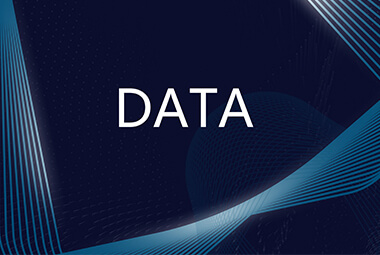TECHNOLOGIES are often billed as transformative. For William Kochevar, the term is justified. Mr Kochevar is paralysed below the shoulders after a cycling accident, yet has managed to feed himself by his own hand. This remarkable feat is partly thanks to electrodes, implanted in his right arm, which stimulate muscles. But the real magic lies higher up. Mr Kochevar can control his arm using the power of thought. His intention to move is reflected in neural activity in his motor cortex; these signals are detected by implants in his brain and processed into commands to activate the electrodes in his arms.
An ability to decode thought in this way may sound like science fiction. But brain-computer interfaces (BCIs) like the BrainGate system used by Mr Kochevar provide evidence that mind-control can work. Researchers are able to tell what words and images people have heard and seen from neural activity alone. Information can also be encoded and used to stimulate the brain. Over 300,000 people have cochlear implants, which help them to hear by converting sound into electrical signals and sending them into the brain. Scientists have “injected” data into monkeys’ heads, instructing them to perform actions via electrical pulses.
The pace of research into BCIs and the scale of its ambition are increasing. Both America’s armed forces and Silicon Valley are starting to focus on the brain. Facebook dreams of thought-to-text typing. Kernel, a startup, has $100m to spend on neurotechnology. Elon Musk has formed a firm called Neuralink; he thinks that, if humanity is to survive the advent of artificial intelligence, it needs an upgrade. Entrepreneurs envisage a world in which people can communicate telepathically, with each other and with machines, or acquire superhuman abilities, such as hearing at very high frequencies.
These powers, if they ever materialise, are decades away. But well before then, BCIs could open the door to remarkable new applications. Imagine stimulating the visual cortex to help the blind, forging new neural connections in stroke victims or monitoring the brain for signs of depression. By turning the firing of neurons into a resource to be harnessed, BCIs may change the idea of what it means to be human.










